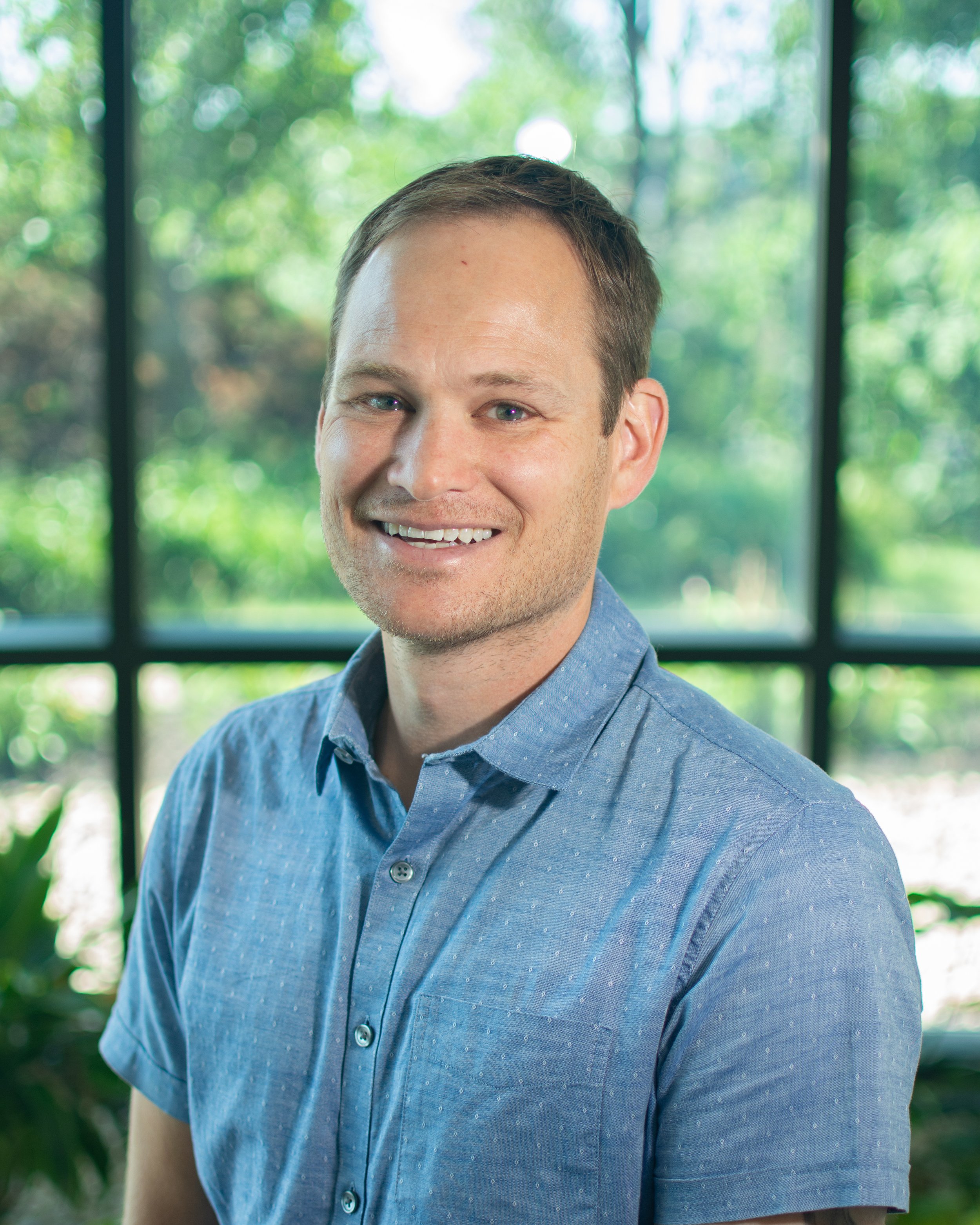Eroded, degraded stream.
Picture an eroded, degraded stream cutting through a farm field, residential neighborhood, or public park. It is likely this stream was historically straightened and contains dense growth of invasive shrubs and trees, absent or sparse vegetative growth on the shoreline, steep incised banks, fallen trees, and other debris in the channel. Sound familiar? Unfortunately, unstable streambanks like these can pose significant challenges to infrastructure, water quality, and community safety. As municipalities and farmers grapple with the impacts of erosion, sedimentation, and unpredictable hydrologic events, it is essential to adopt resilient and sustainable engineering practices. By recognizing the challenges of streambank instability and leveraging both traditional and innovative solutions, communities and landowners can implement cost-effective, long-term strategies. Ruekert & Mielke’s expertise in natural channel design ensures that these solutions not only stabilize streambanks, but also enhance ecological resilience.
DEFINING THE PROBLEM
Aging streambanks and escalating environmental constraints have led to increased erosion, compromised water quality, and heightened risks to public infrastructure. Uncontrolled erosion not only jeopardizes land development projects but also burdens local governments and farmers through rising maintenance costs.
Streambank stability is crucial for public safety, regulatory compliance, and the efficient management of water resources. Erosional degradation can contribute to infrastructure failures, increased sediment loads that disrupt aquatic habitats, and costly remediation efforts. Some streams, depending on hydrology, may lose several feet of sediment annually under severe erosional conditions. Without timely intervention, both public and private landowners may face escalating costs associated with delayed restoration or stabilization.
FINDING THE SOLUTION
Addressing streambank instability requires an adaptive approach:
Traditional Methods: Conventional techniques, such as riprap placement and retaining walls, offer immediate stabilization but often lack long-term resilience and can disrupt natural hydrologic processes.
Innovative Approach – Natural Channel Design: This method leverages fluvial geomorphology principles to engineer stream channels that naturally dissipate energy and restore sediment balance. By optimizing channel geometry, substrate composition, and hydraulic controls (see below), this approach addresses both the symptoms and root causes of erosion, delivering a solution that is both sustainable and cost-efficient.CASE STUDY: A PRACTICAL EXAMPLE
Hydraulic controls are stream restoration structures that use natural materials and stream dynamics to stabilize banks and improve stream health. A few examples of hydraulic restoration structures are toe wood, j-hooks, or riffles.
Toe Wood: structure that includes placing rootwads or bundles of woody vegiattion at the toe of a bank
J-Hooks: a type of flow deflection structure that looks like a “J” shape
Riffles: constructed or natural areas of a stream with shallow water and rocks, causing turbulence and creating pools
Honey Creek - Greenfield, WI
CASE STUDY: A PRACTICAL EXAMPLE
The City of Greenfield faced escalating erosion in Honey Creek that threatened public infrastructure, water quality, and human health and safety. This portion of Honey Creek ran through Konkel Park, The City’s most visited public park. The engineering challenge was not only to stabilize the streambank and increase flood capacity, but to reconnect the floodplain throughout the project corridor without compromising community enjoyment of the park.
Problem-Solution Fit:
Using natural channel design principles, our team designed a channel and floodplain to enhance energy dissipation and encourage natural sediment transport. This approach addressed the erosional root causes, rather than merely treating the symptoms.
Implementation and Results:
The Restoration of Honey Creek resulted in both functional and community benefits that included:
1,800 linear feet of stream added through increased sinuosity and stream alignment
6.36 acres of floodplain restored
4.82 acres of wetland restored
1.3 miles of streambank stabilized
Reduction of 415 pounds of phosphorous annually
Reduction of 622 tons of sediment annually
1,293,000 gallons of additional flood capacity
1,000 trees planted
2 storm sewers daylighted
Revitalization of south Konkel Park
Outdoor classroom
Fishing pond with pier
Boardwalk
Walking paths
Public shelter
Lessons Learned:
Key takeaways include the importance of comprehensive site assessment, the integration of adaptive management strategies, and effective communication with construction operators. The success of this project underscores the benefits of adopting a natural channel design approach, balancing innovative engineering techniques with ecological sensitivity.
NEXT STEPS
For stakeholders seeking durable and sustainable solutions to streambank instability, the next step is to engage with our team of experts at R/M. By leveraging our extensive experience in natural channel design, we can tailor solutions that meet your specific challenges, ensuring enhanced safety, reduced costs, and environmental resilience. Let’s work together to turn your streambank challenges into long-term assets. Contact Ruekert & Mielke today to develop a tailored, sustainable solution for your project.
About the Author
NICHOLAS P. CONNOR, MS
SENIOR BIOLOGIST
Nick is a senior biologist with more than 10 years of experience managing and completing complex ecological-related projects from both public and private sector clients. He conducts or evaluates projects involving wetland delineations, potential wetland mitigation needs, cultural resource screens, archaeological reports, threatened and endangered (T&E) species reports, and storm water/erosion control plans.







